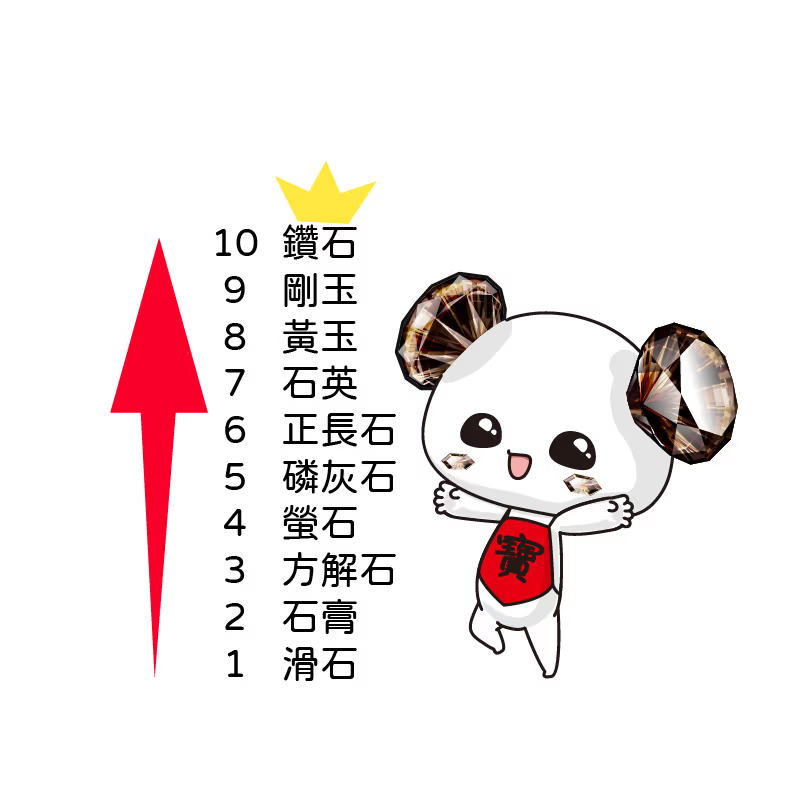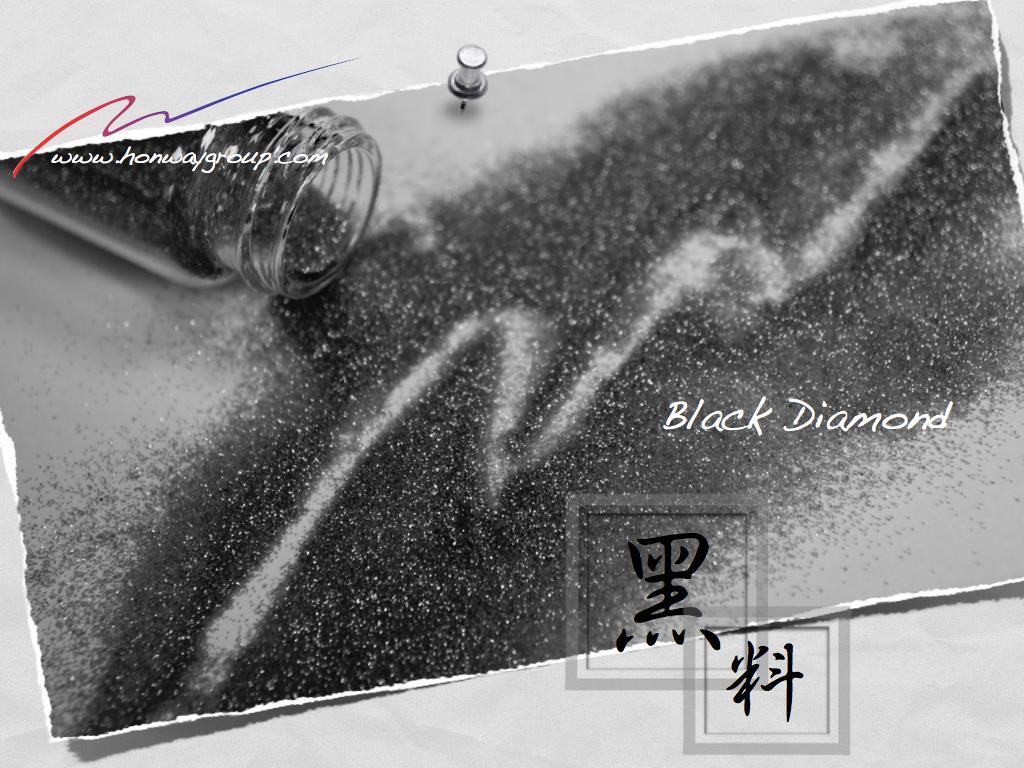Relative hardness and absolute hardness are clearly explained in textbooks. The relative hardness of minerals is divided into 10 levels. When two minerals are rubbed together, the one that gets scratched has the lower hardness, meaning that the harder mineral will scratch the softer one. The representative minerals for each level of relative hardness from 1 to 10 are as follows: 1 – Talc, 2 – Gypsum, 3 – Calcite, 4 – Fluorite, 5 – Apatite, 6 – Feldspar, 7 – Quartz, 8 – Topaz, 9 – Corundum, 10 – Diamond.

This relative hardness scale was first developed by mineralogist Friedrich Mohs (1773-1839), and as such, relative hardness is also called the Mohs hardness scale. Mohs was born in Germany but moved to Austria in 1801 to work in mineral identification, which is why some books refer to him as Austrian, while other sources refer to him as German.
Since Mohs hardness is relative, Feldspar with a hardness of 6 is not three times harder than Gypsum with a hardness of 2. Similarly, Diamond, with a hardness of 10, is not twice as hard as Apatite, with a hardness of 5. In other words, relative hardness is a qualitative ranking, not a quantitative scale.
Another hardness scale is known as absolute hardness (or Vickers hardness), which is a quantitative measurement. This is determined by using a hardness tester to press a probe onto the smooth surface of a mineral crystal for a few seconds. After the probe is removed, an indentation is left on the crystal surface. Under the same conditions of impact force and duration, harder crystals will have smaller indentations, while softer crystals will have larger ones. The absolute hardness can then be calculated based on the size of the indentation, the impact force, and the duration. The unit of measurement is Kg/mm2, which is the same as a unit of pressure. Since hardness is measured through indentation, absolute hardness is also known as indentation hardness.
Hardness(wiki)
In materials science, hardness refers to “the property of solid materials to resist permanent deformation.”
There are three main ways to define hardness:
- Scratch Hardness
- Indentation hardness
- Rebound hardness(also called dynamic hardness or absolute hardness)

